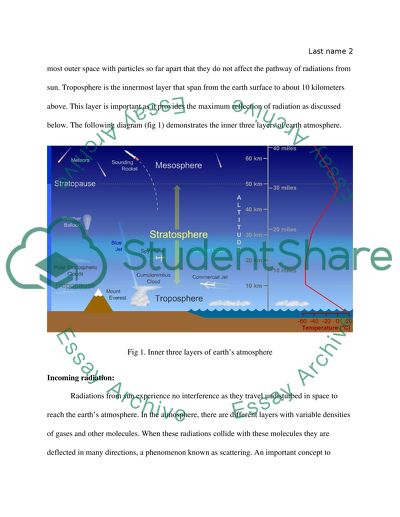Cite this document
(“The Earth energy-balance Term Paper Example | Topics and Well Written Essays - 2000 words”, n.d.)
Retrieved de https://studentshare.org/physics/1463705-the-earth-energy-balance
Retrieved de https://studentshare.org/physics/1463705-the-earth-energy-balance
(The Earth Energy-Balance Term Paper Example | Topics and Well Written Essays - 2000 Words)
https://studentshare.org/physics/1463705-the-earth-energy-balance.
https://studentshare.org/physics/1463705-the-earth-energy-balance.
“The Earth Energy-Balance Term Paper Example | Topics and Well Written Essays - 2000 Words”, n.d. https://studentshare.org/physics/1463705-the-earth-energy-balance.


